Home>Dining>Tableware>What Is A Good Paint Color For A Dining Room?
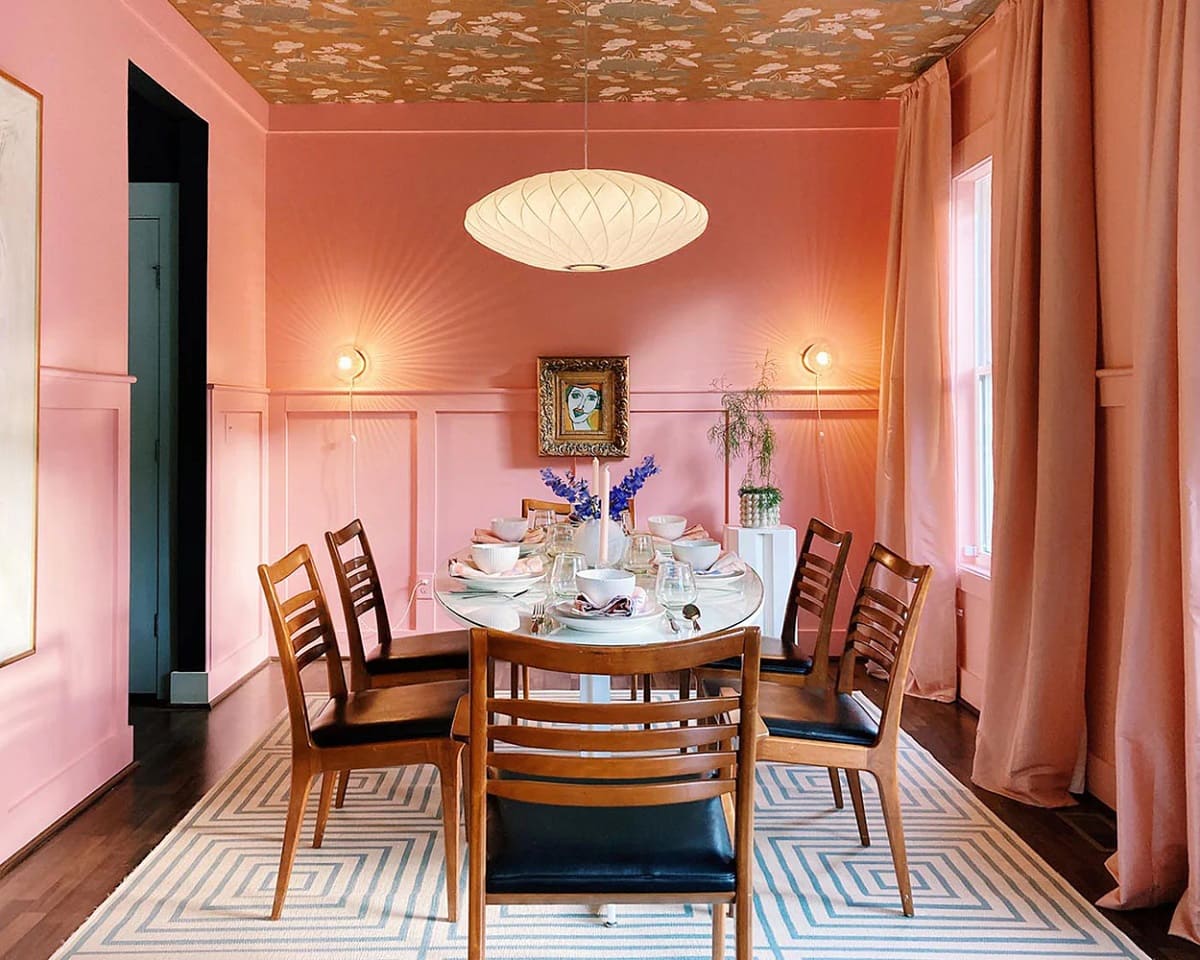

Tableware
What Is A Good Paint Color For A Dining Room?
Modified: January 19, 2024
Looking for the perfect paint color for your dining room? Enhance your tableware with a good paint color that complements your style and sets the right ambiance.
(Many of the links in this article redirect to a specific reviewed product. Your purchase of these products through affiliate links helps to generate commission for Storables.com, at no extra cost. Learn more)
Introduction
When it comes to designing a dining room, one of the most important considerations is choosing the perfect paint color. The color you select can set the tone for the entire space, creating a welcoming and inviting atmosphere for gathering with family and friends. But with so many options available, how do you decide on the best paint color for your dining room?
In this article, we will explore different factors to consider when choosing a paint color for your dining room. We will also discuss various color options and their effects on the overall ambiance of the space. Whether you prefer a neutral and sophisticated look or a bold and vibrant statement, we’ve got you covered.
So let’s dive into the world of dining room paint colors and discover the perfect hue that will transform your dining area into a stylish and memorable space.
Key Takeaways:
- Choose neutral colors like white, gray, beige, or greige for a timeless and sophisticated dining room look that complements any style of furniture and decor. These colors provide a versatile backdrop for a classic and elegant ambiance.
- Infuse your dining room with energy and personality by using bold and vibrant colors like red, yellow, blue, or green. These colors create a lively and dynamic atmosphere, adding excitement and visual interest to the space.
Read more: What Is A Good Paint Color For A Dining Room
Factors to Consider
Before selecting a paint color for your dining room, it’s essential to take into consideration a few factors that will influence the overall look and feel of the space.
- Size and Natural Light: The size of your dining room and the amount of natural light it receives are significant factors in determining the right paint color. For smaller rooms with minimal natural light, lighter shades can create the illusion of a more spacious and airy atmosphere. In contrast, larger rooms with ample natural light can handle darker and more dramatic colors.
- Style and Décor: Consider the style and décor of your dining room. Are you going for a modern, minimalist look, or do you prefer a more traditional or eclectic aesthetic? The paint color you choose should complement the existing furniture, accessories, and overall theme of the room.
- Mood and Atmosphere: Think about the mood and atmosphere you want to create in your dining room. Do you envision a serene and calming space, or do you want to make a bold statement? Different colors evoke specific feelings and emotions, so choose a paint color that aligns with the desired ambiance.
- Functionality: Consider how the dining room is primarily used. If it’s a space for formal entertaining and special occasions, you may opt for elegant and sophisticated colors. On the other hand, if it’s a casual family dining area, you can explore more playful and relaxed color choices.
- Adjacent Spaces: Take into account the other rooms adjacent to your dining room. The paint color should flow harmoniously with the rest of your home’s color scheme for a cohesive and unified look.
By considering these factors, you can narrow down the options and navigate the world of dining room paint colors with confidence.
Neutral Colors
When it comes to creating a timeless and sophisticated look in your dining room, neutral colors are an excellent choice. These colors provide a versatile backdrop that can easily complement any style of furniture and decor.
One of the most popular neutral colors for dining rooms is white. White creates a fresh and clean ambiance and can make a small dining area appear larger. It also allows other elements in the room, such as artwork or statement lighting, to take center stage. If pure white feels too stark, you can opt for off-white or ivory shades for a warmer and softer effect.
Gray is another popular neutral color for dining rooms. It offers a modern and elegant look and works well with both cool and warm color palettes. Light gray can create a serene and calming atmosphere, while dark gray adds depth and drama.
Beige and taupe are warm neutral colors that bring a sense of warmth and coziness to the dining room. These colors can create a welcoming and inviting space, especially when paired with wood furniture and natural textures.
If you want to add a touch of sophistication and elegance, consider using a greige color. Greige is a blend of gray and beige, and it offers the best of both worlds. It provides a neutral base while adding depth and interest to the room.
Neutrals are incredibly versatile and can be used as a backdrop for any style of dining room, from contemporary to traditional. They provide a timeless and classic look that will never go out of style.
Bold and Vibrant Colors
If you’re looking to make a statement and infuse your dining room with energy and personality, bold and vibrant colors are the way to go. These colors can create a lively and dynamic atmosphere, adding excitement and visual interest to the space.
One popular choice for bold dining room colors is red. Red is associated with passion and energy and can stimulate appetite and conversation. However, it’s important to use red in moderation to avoid overwhelming the space. Consider using it as an accent wall or incorporating it through accessories like curtains, rugs, or artwork.
Another vibrant color option is yellow. Yellow is cheerful and uplifting, creating a warm and inviting atmosphere. It can make a small dining area feel bright and open. Shades of yellow, such as buttery yellow or mustard, can add a touch of sophistication and elegance to the room.
For a dramatic and luxurious look, consider deep shades of blue or purple. These colors create a sense of opulence and can evoke feelings of relaxation and tranquility. Navy blue or royal purple can add depth and richness to the dining room, especially when paired with metallic accents and luxurious fabrics.
Green is a versatile and refreshing color choice for a dining room. From vibrant lime green to deep emerald, green can create a harmonious and calming environment. It is also associated with nature and can bring a sense of freshness and tranquility to the space.
When using bold and vibrant colors, it’s essential to balance them with neutral elements to avoid overwhelming the room. Consider incorporating the bold color through accent walls, furniture, or accessories, while keeping the rest of the room relatively neutral. This will create a visually appealing and well-balanced dining room.
Consider using warm, inviting colors like deep reds, rich browns, or earthy greens for a cozy dining room atmosphere. These colors can stimulate appetite and create a welcoming space for entertaining.
Warm and Cozy Colors
If you want to create a cozy and inviting atmosphere in your dining room, warm colors are the way to go. These colors can evoke a sense of intimacy and comfort, making the dining experience feel more relaxed and enjoyable.
One popular warm color choice is earthy tones, such as brown and tan. These colors mimic the hues found in nature and can create a cozy and rustic ambiance. Brown tones can be used on the walls or incorporated through wood furniture and accents.
Orange is another warm color that can add a burst of energy and warmth to the dining room. From muted terracotta to vibrant tangerine, orange can create a welcoming and cheerful atmosphere. It pairs well with other warm tones and can be used on an accent wall or through accessories like curtains or table linens.
Warm shades of red, such as burgundy or wine, can create a rich and luxurious feel in the dining room. These colors can stimulate appetite and create a sense of indulgence. Consider using them as accent colors through upholstery, drapes, or statement artwork.
Warm neutrals, like caramel or taupe, can also create a cozy and sophisticated ambiance. These tones add warmth without being too overpowering. They work well with other warm colors and can be complemented with soft lighting and textured fabrics for a more intimate feel.
When using warm and cozy colors, it’s important to consider the size and natural light in the dining room. Darker warm colors may make a small room feel more cramped, while lighter warm colors can create a more spacious and open feel. Also, keep in mind that warm colors tend to advance visually, so if you want to make the room feel bigger, consider using them on accent walls or through accessories.
Overall, warm colors can create a welcoming and comfortable dining space, perfect for enjoying meals and creating lasting memories with loved ones.
Light and Airy Colors
If you want to create a sense of freshness and spaciousness in your dining room, light and airy colors are the perfect choice. These colors can make a small room appear larger and create a serene and tranquil atmosphere.
One popular light color choice is white. White reflects light and creates a bright and clean ambiance. It can make a small dining area feel more spacious and open. White also acts as a blank canvas, allowing other elements in the room, such as artwork or furniture, to take center stage.
Soft pastel colors, like pale blue or mint green, can also create a light and airy feel in the dining room. These colors bring a sense of calmness and serenity, perfect for creating a relaxing dining experience. They work well with natural materials and can be complemented with light-colored furniture and accessories.
Light shades of beige and cream can provide a warm and inviting atmosphere while still maintaining a light and airy feel. These colors create a sense of relaxation and can be paired with natural textures like rattan or linen for a more organic look.
If you want to add a touch of color while still maintaining a light and airy vibe, consider using pastel shades of pink, lavender, or yellow. These colors can create a soft and feminine look, perfect for a romantic or whimsical dining room setting.
When using light and airy colors, it’s important to incorporate sufficient lighting in the dining room. Natural light is ideal, but if that’s not possible, make sure to utilize artificial lighting sources, such as pendant lights or floor lamps, to create a bright and well-lit space.
Light and airy colors are perfect for those who want to create a fresh and uplifting dining room ambiance. They can make the space feel open and peaceful, providing a beautiful backdrop for meals and gatherings.
Dark and Dramatic Colors
If you’re looking to make a bold statement and create a sense of drama in your dining room, dark and dramatic colors are a perfect choice. These colors can create a sophisticated and elegant atmosphere, adding a touch of luxury to the space.
One popular dark color choice is black. Black is sleek and timeless, creating a sense of depth and drama. It can be used on walls or incorporated through furniture and accessories to create a striking contrast with lighter elements in the room.
Deep shades of blue, such as navy or indigo, can also create a dramatic and luxurious look. Blue is associated with tranquility and can add a sense of serenity to the dining room. It pairs well with metallic accents and adds a touch of elegance to the space.
Another option is deep shades of gray, which can create a moody and sophisticated ambiance. Charcoal gray or slate gray can add a sense of depth and richness to the room, especially when paired with metallic or jewel-toned accents.
Burgundy and deep red tones can also create a sense of drama and opulence. These colors are associated with luxury and can create a warm and inviting atmosphere. They work well with gold or bronze accents and can be incorporated through upholstery or statement walls.
When using dark and dramatic colors, it’s important to consider the size of the dining room. Dark colors tend to absorb light, so they are best suited for larger spaces with ample natural or artificial lighting. If you have a smaller dining room, consider using dark colors as accent walls or through furniture and accessories to avoid overwhelming the space.
Dark and dramatic colors can create a stunning and memorable dining room. They add a touch of sophistication and can transform your space into a luxurious and elegant environment.
Conclusion
Choosing the right paint color for your dining room is a vital step in creating a space that reflects your style and sets the desired ambiance. Whether you prefer a neutral and sophisticated look, a bold and vibrant statement, a warm and cozy atmosphere, a light and airy feel, or a dark and dramatic ambiance, there are colors to suit every taste and preference.
When deciding on a paint color, it’s essential to consider factors such as the size and natural light in the room, the style and decor, the desired mood and atmosphere, and the functionality of the space. By taking these factors into account, you can narrow down your options and make an informed decision that will enhance the overall look and feel of your dining room.
Neutral colors such as white, gray, beige, and greige provide a timeless and sophisticated backdrop that works well with any style of furniture and decor. Bold and vibrant colors like red, yellow, blue, and green can add energy and personality to the room, creating a lively and dynamic atmosphere. Warm and cozy colors such as brown, orange, and warm neutrals evoke a sense of intimacy and comfort. Light and airy colors like white, pastels, and soft neutrals make the room feel spacious and fresh. Dark and dramatic colors such as black, deep blues, and burgundy add a touch of luxury and sophistication.
Remember, the paint color you choose for your dining room should complement the existing style and decor in your home, as well as create the desired atmosphere for your dining experiences. Consider the size and natural light in the room, the adjacent spaces, and the functionality of the dining area. By carefully selecting the right paint color, you can transform your dining room into a beautiful and inviting space that enhances mealtime and creates lasting memories with loved ones. Set your table in this newly personalized space and watch how the color accentuates your dining experiences.
So go ahead and unleash your creativity. Explore the world of paint colors, and let your dining room shine with the perfect hue that reflects your style and creates an inviting atmosphere for memorable meals and gatherings.
Frequently Asked Questions about What Is A Good Paint Color For A Dining Room?
Was this page helpful?
At Storables.com, we guarantee accurate and reliable information. Our content, validated by Expert Board Contributors, is crafted following stringent Editorial Policies. We're committed to providing you with well-researched, expert-backed insights for all your informational needs.
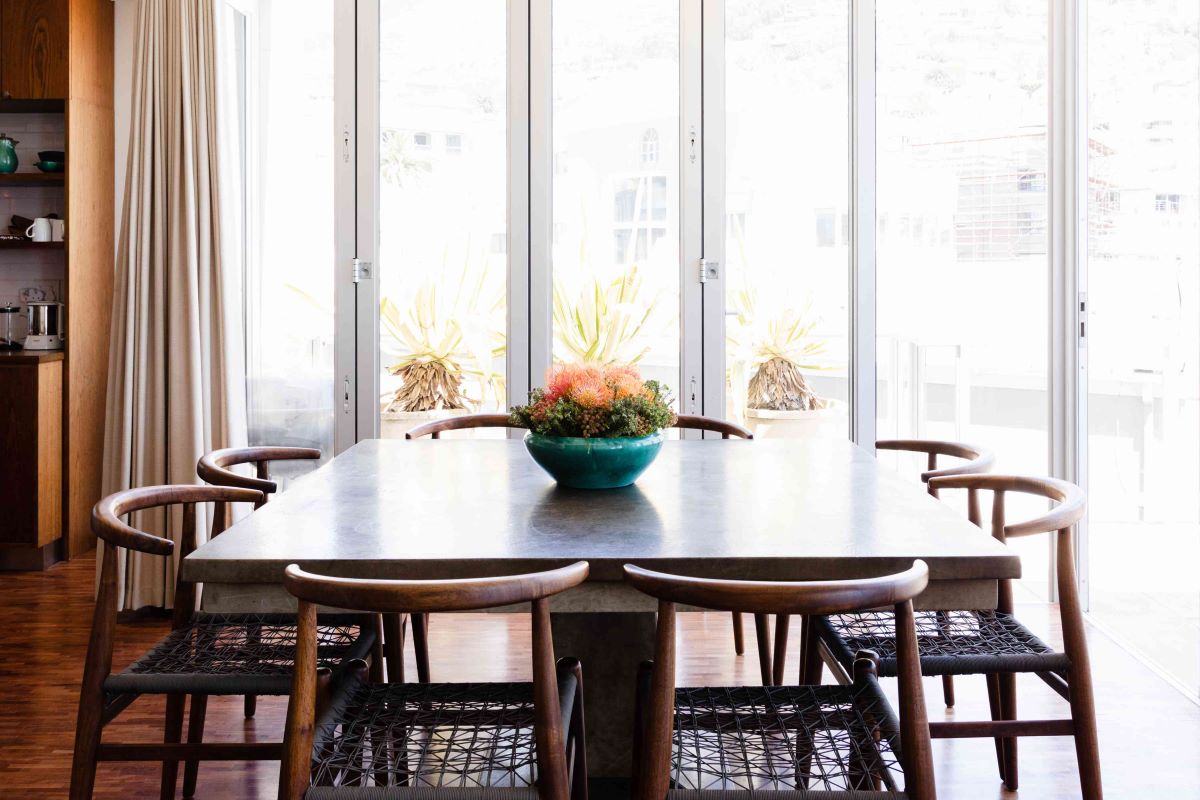
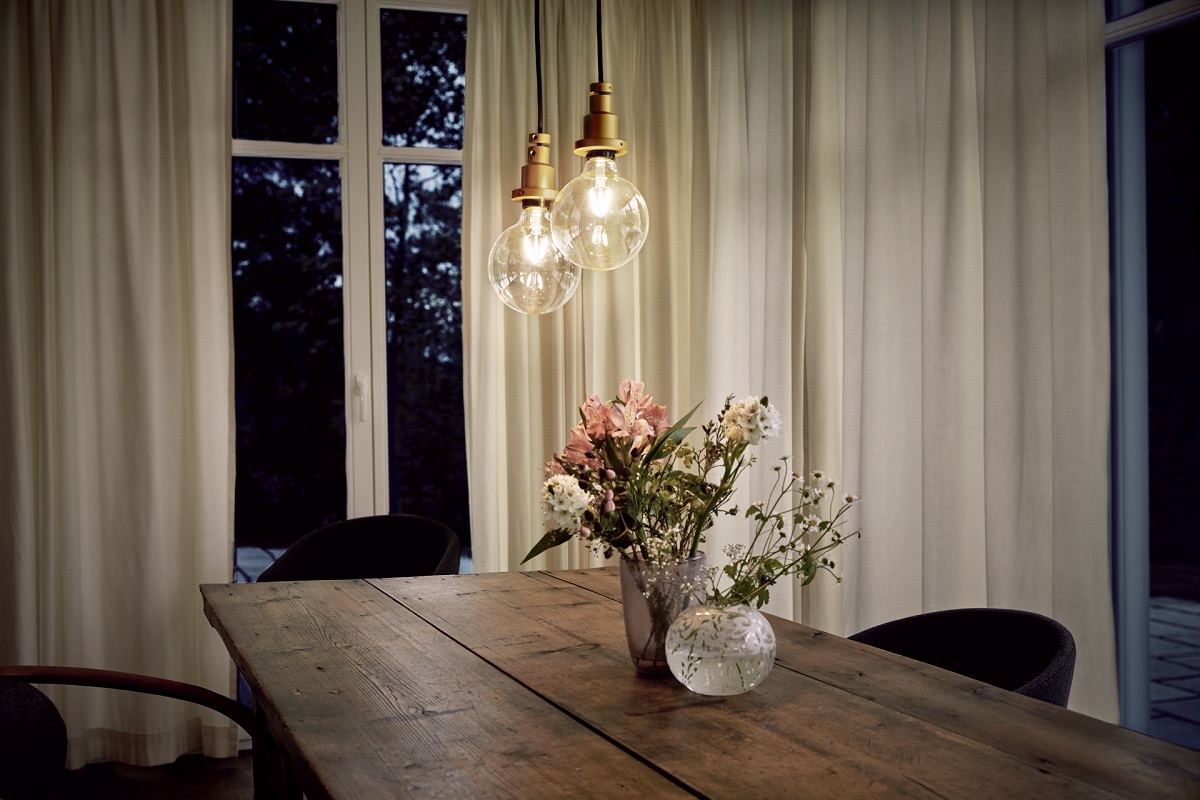
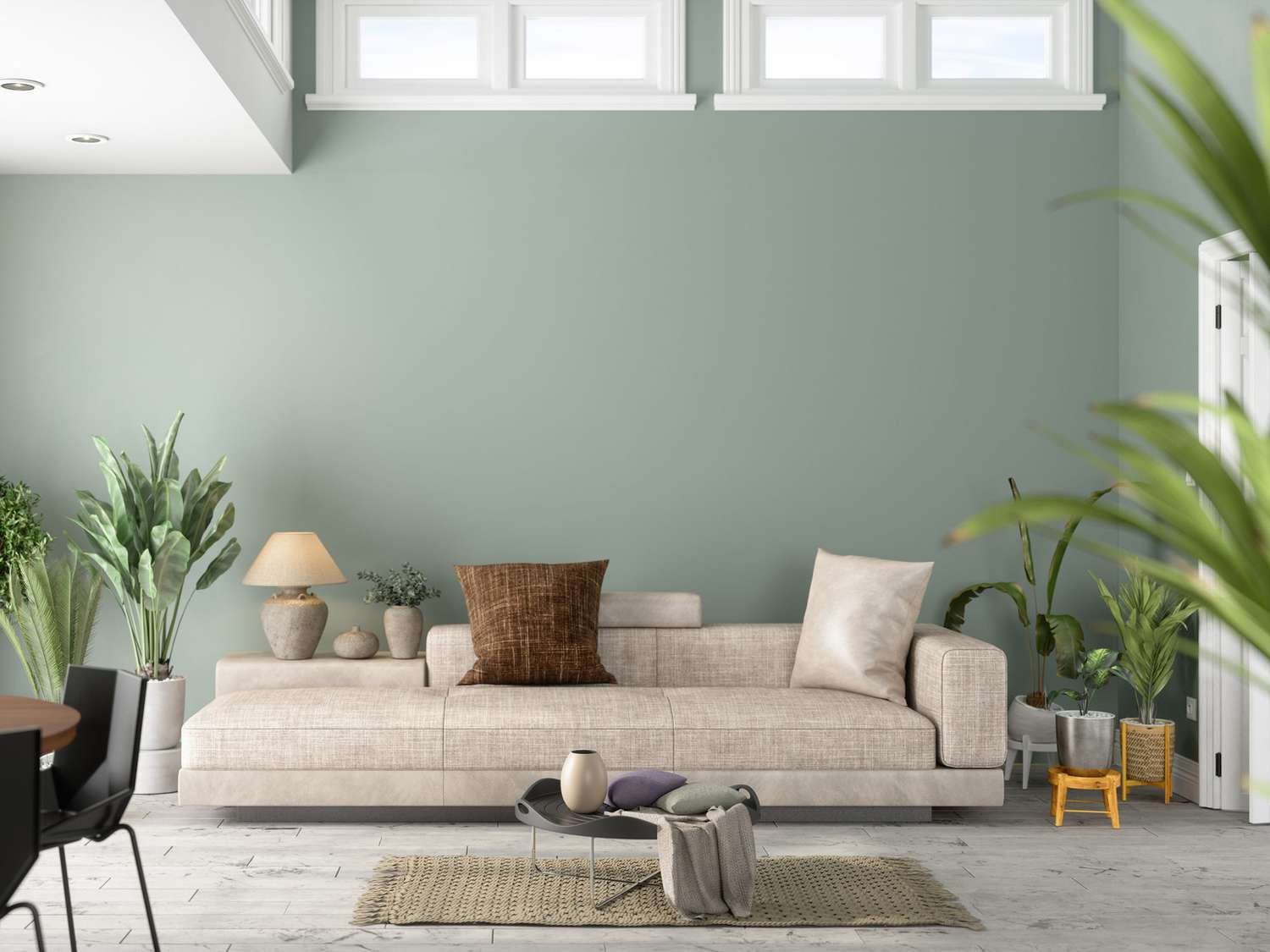
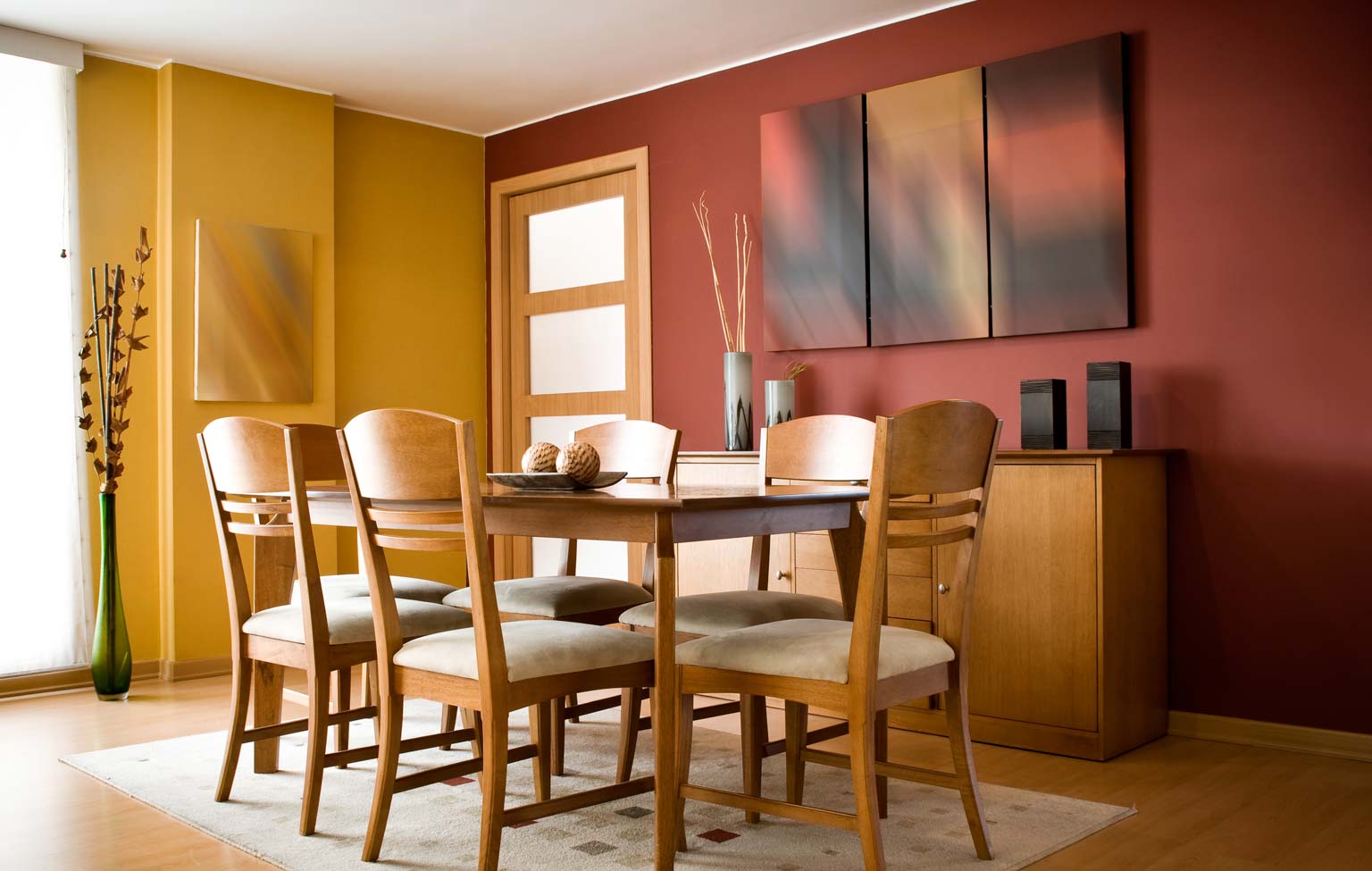
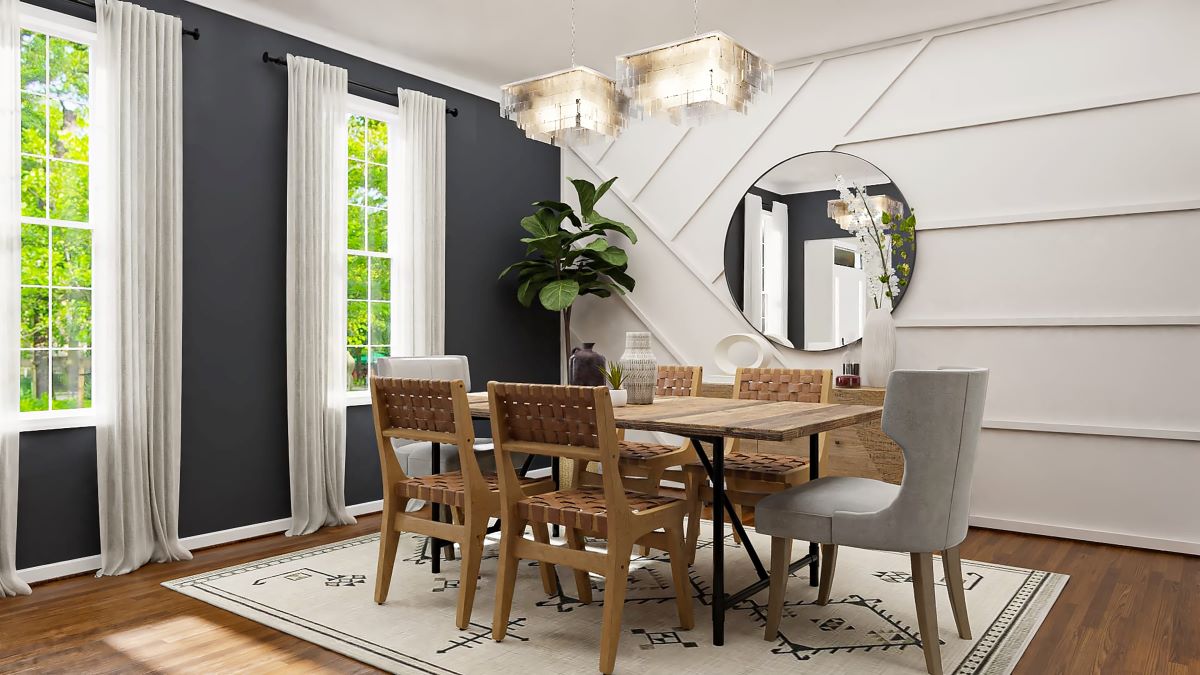
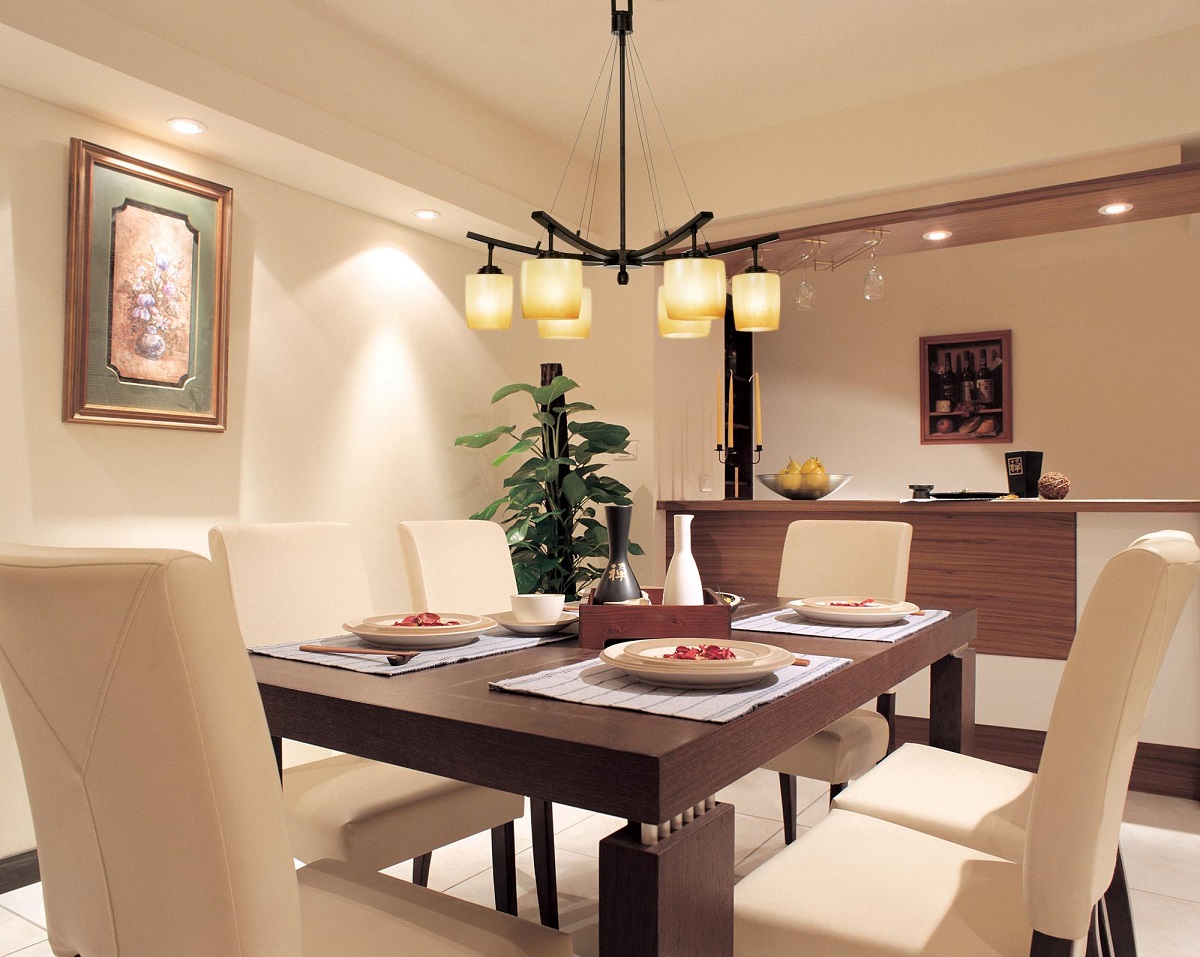
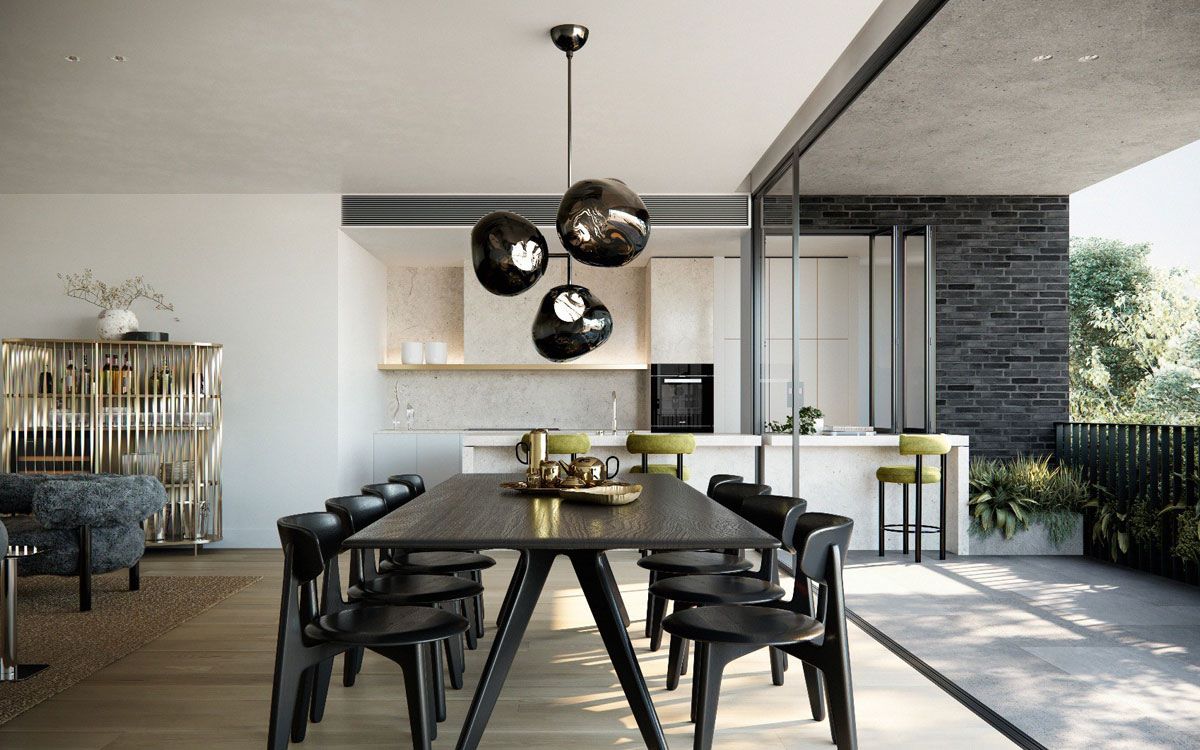
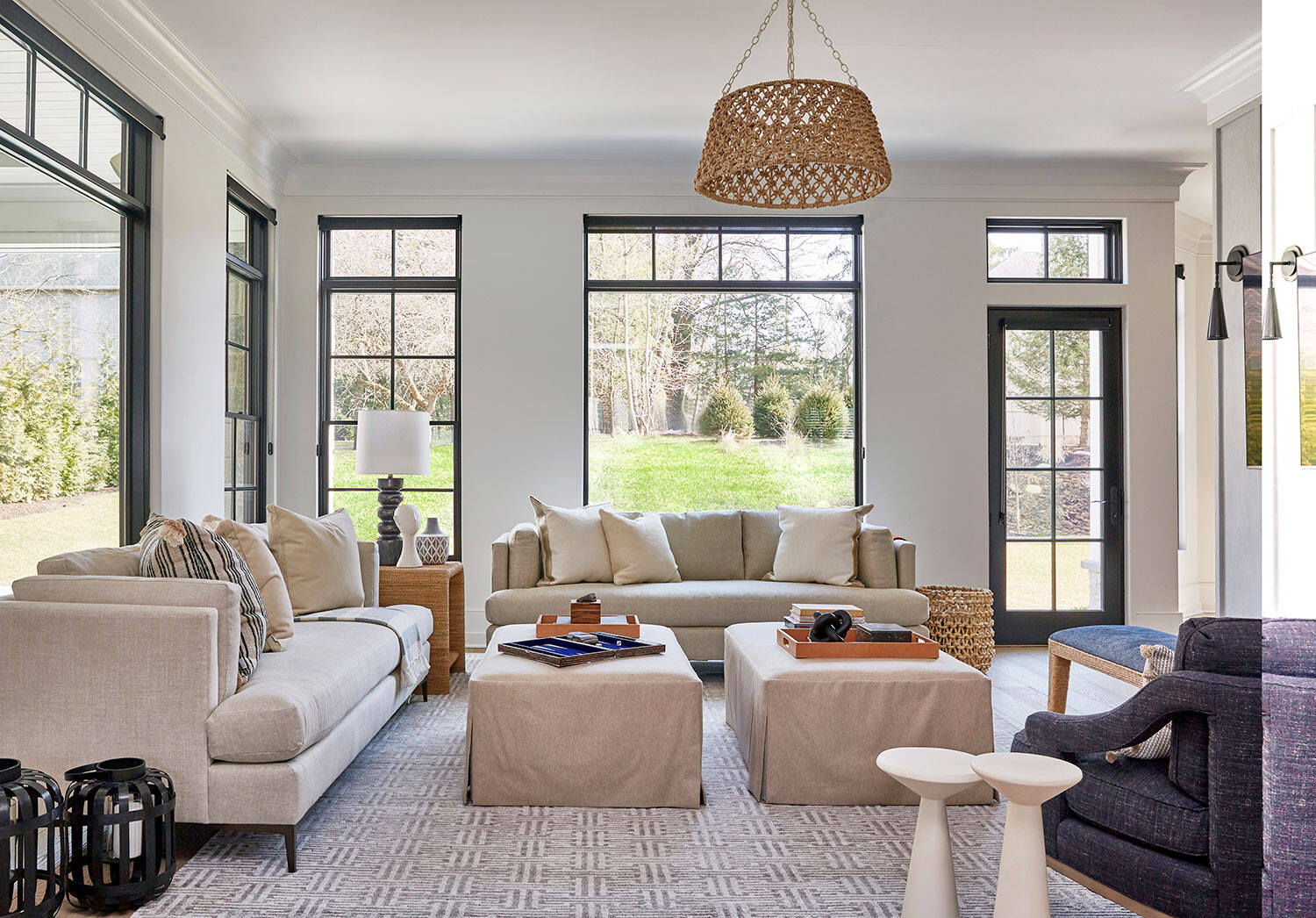
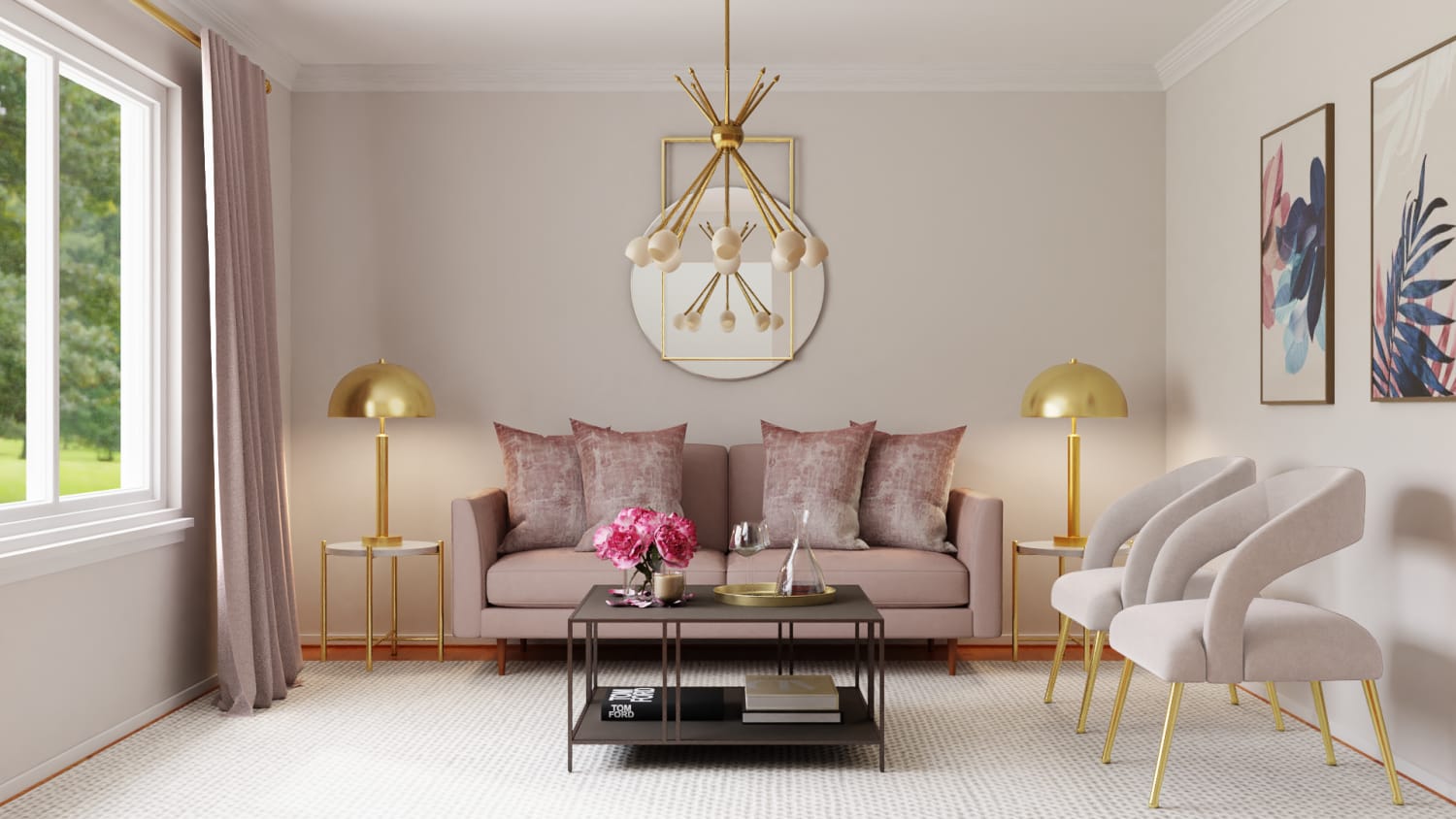
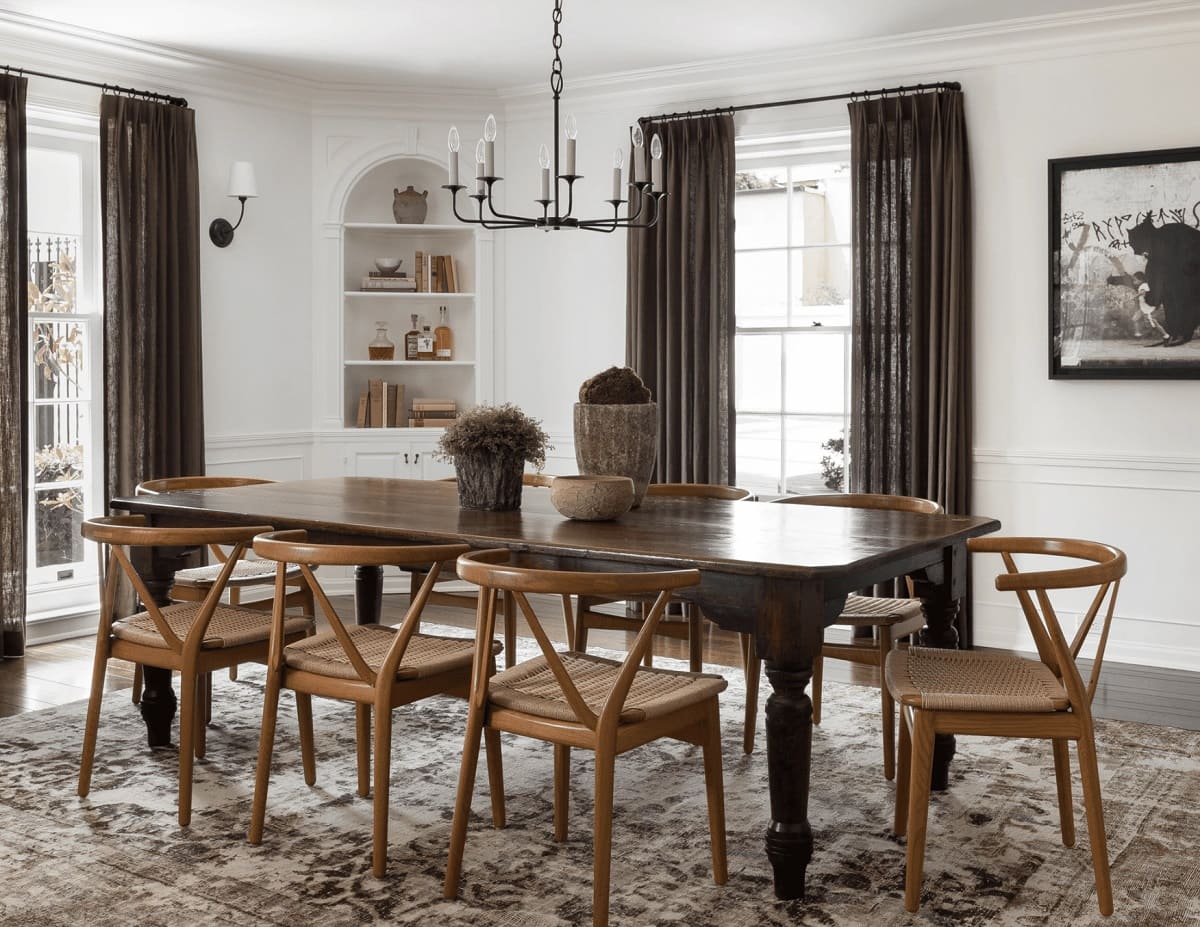
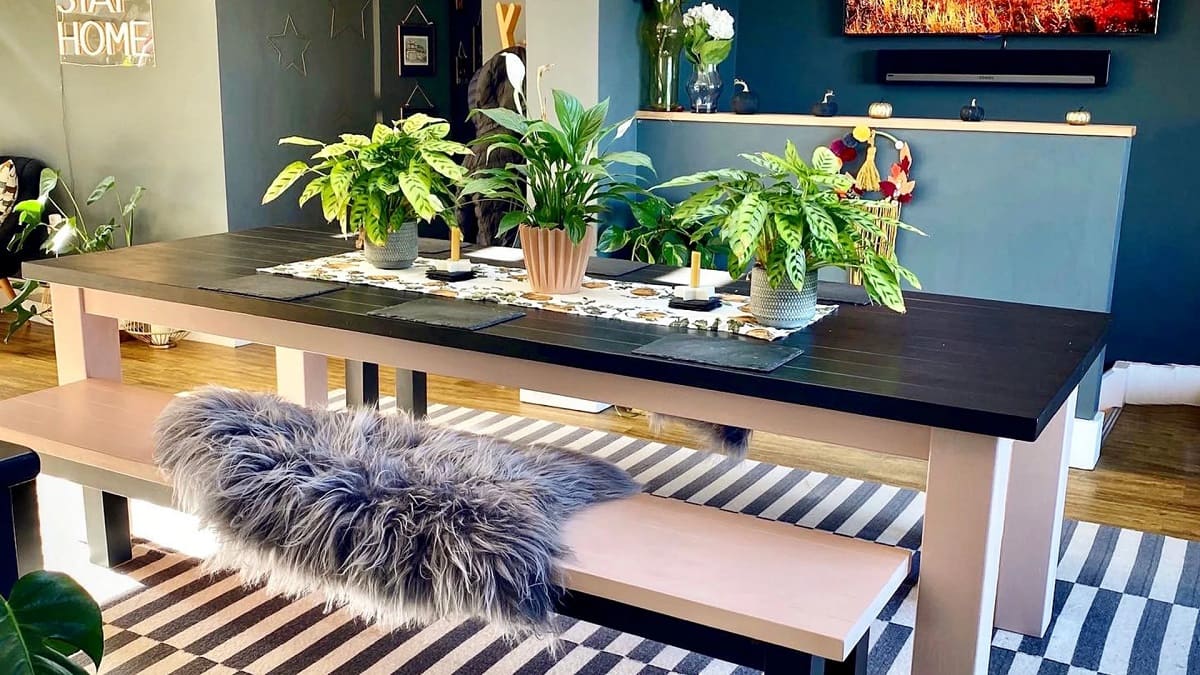

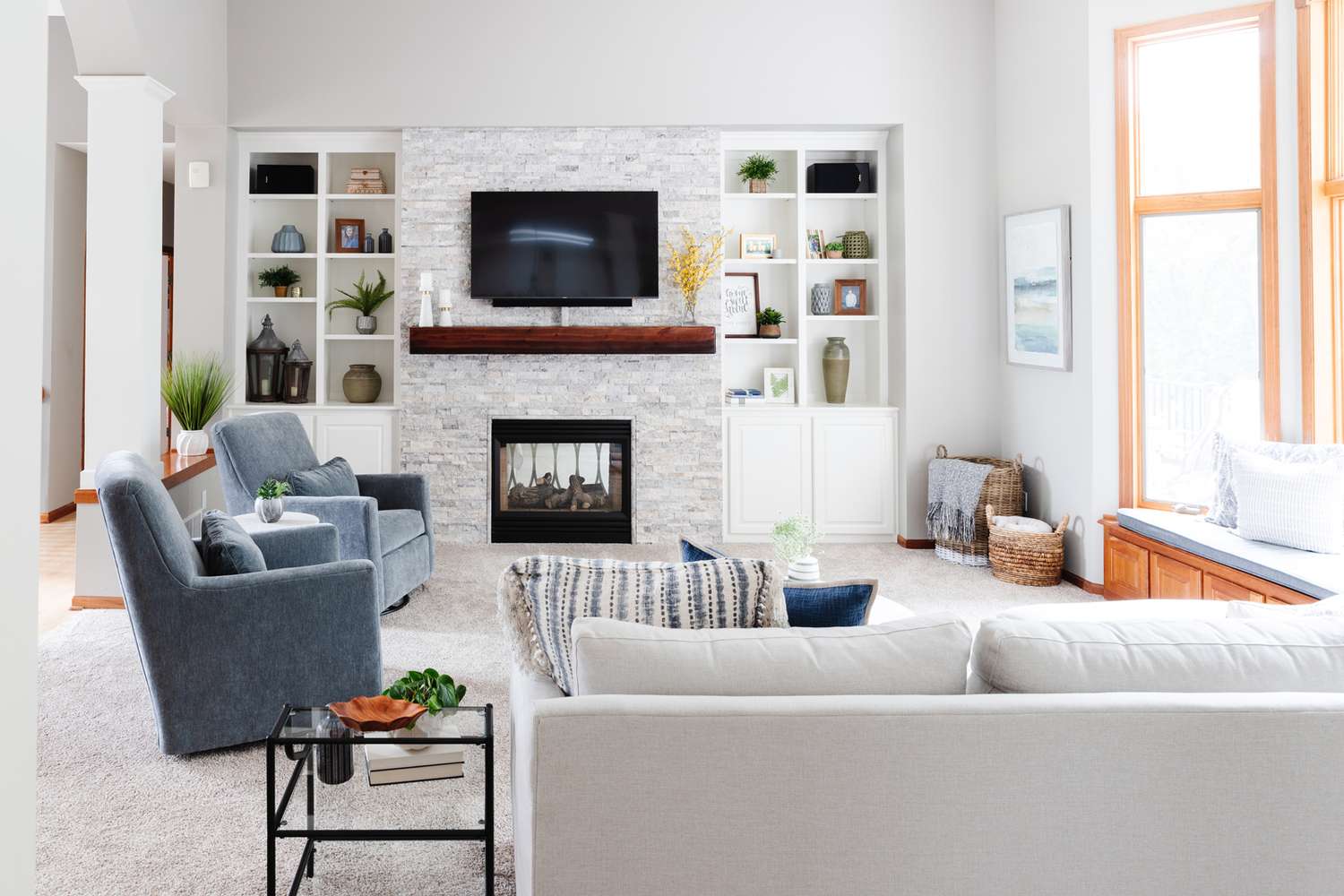
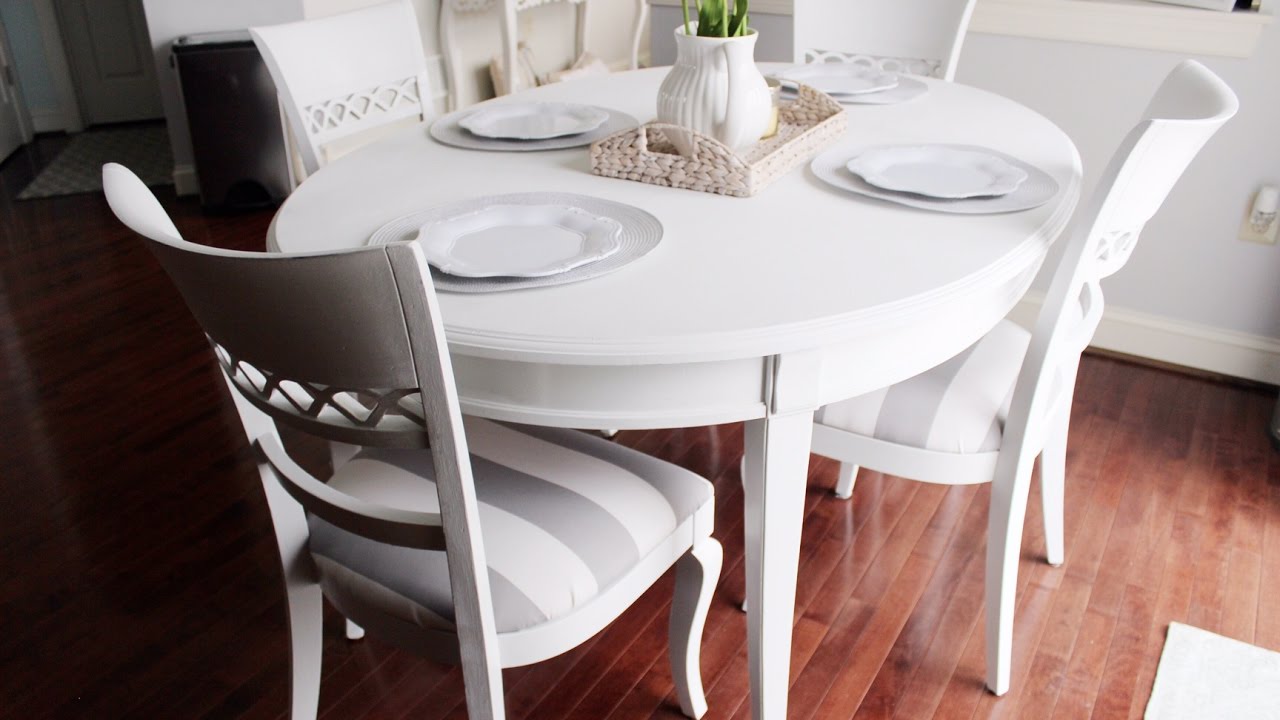

0 thoughts on “What Is A Good Paint Color For A Dining Room?”